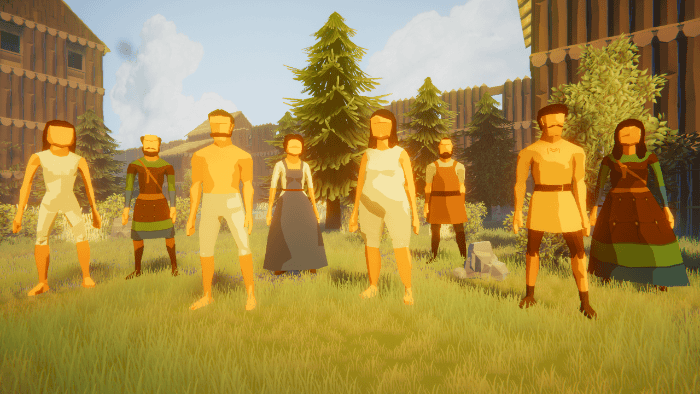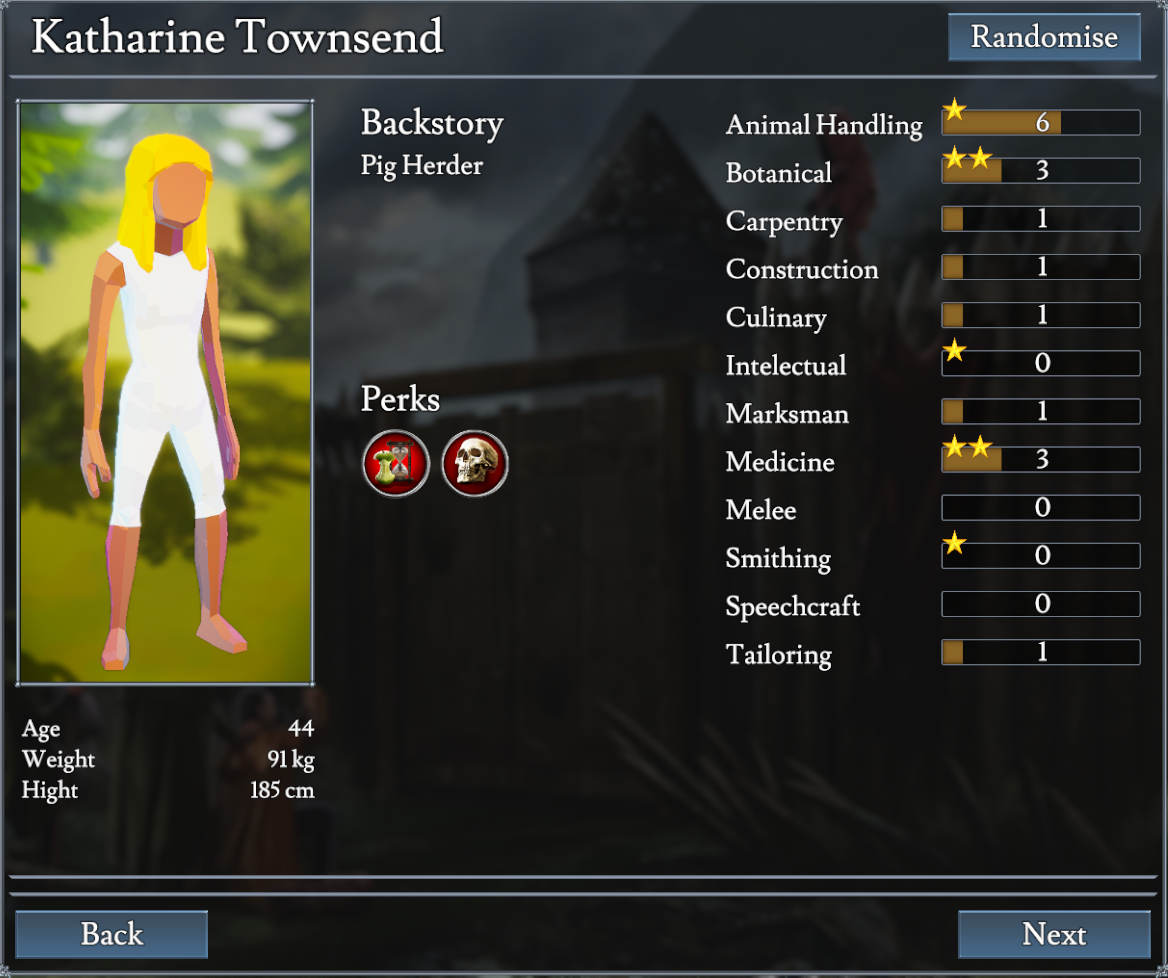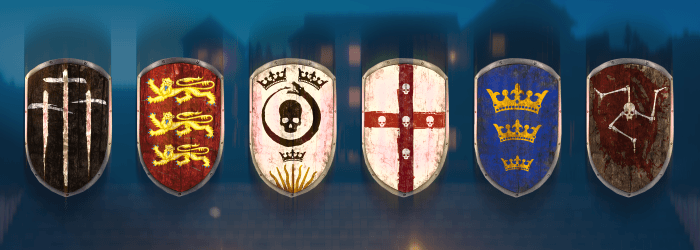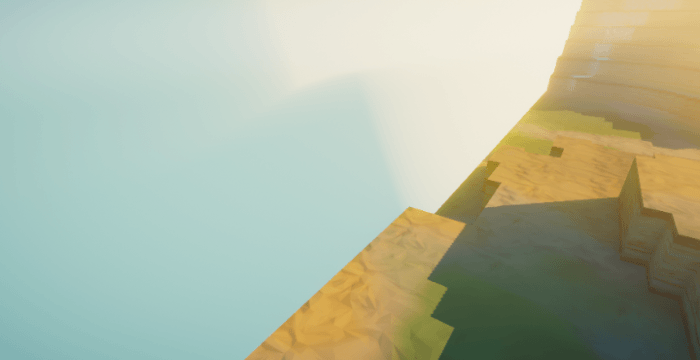
Dec 2, 2019
Going Medieval - SeWerin
Greetings medievalists!
We haven't had Devlog in quite some time, right? Well, we are super busy, but we do have a lot of good things to report! Here we go.
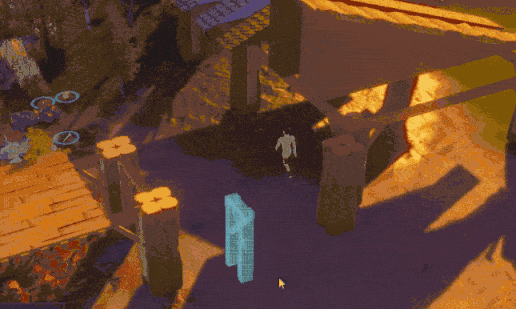

We'll post more things soon! Until next time,
Foxy Voxel team
Join us on Discord: https://discord.gg/goingmedieval
Follow us on Twitter: https://twitter.com/going_medieval
Find us on Youtube: https://youtu.be/eZHxPbauqvg
We haven't had Devlog in quite some time, right? Well, we are super busy, but we do have a lot of good things to report! Here we go.
Reworked building system
The Building system is now in its complete form - the player can now place a beam between two walls and use them to build the second floor of the construction. Beams inherit the stability of the weakest of the two walls. If one of the two walls gets destroyed - the beam will be destroyed as well.
Stat and Attribute system reworked
We have rewritten the stat and attribute system for workers, animals, and almost every object in the game. This means that we can easily add stats like a need for recreation, need for social, etc. Thresholds and triggers support these stats - meaning, when these thresholds are met, they will trigger specific effects.Effector system reworked
Effectors add to equipment and resources - equipping a plate armor will trigger an effector that will change the movement speed attribute of the worker. Consuming a lavish meal will trigger an effector that changes the mood of the worker, but this effector only lasts for a few hours. This Effector system easily gives us the option to add things like potions (if we wanted), poison effects, etc.Worker Mood system
Workers now have different mood modifiers. With a very low mood, they'll disobey the player-given schedule and try to satisfy their needs on their own. Don't let it reach zero - if that happens, the worker will leave your village.Flora system
Young plants are now growing next to their kind. We control how many of these grow daily, and biome type influences this. Below a specific temperature, a growing process will stop. This is how it will look in-game (video is sped-up for demonstration purposes)
We'll post more things soon! Until next time,
Foxy Voxel team
Join us on Discord: https://discord.gg/goingmedieval
Follow us on Twitter: https://twitter.com/going_medieval
Find us on Youtube: https://youtu.be/eZHxPbauqvg






